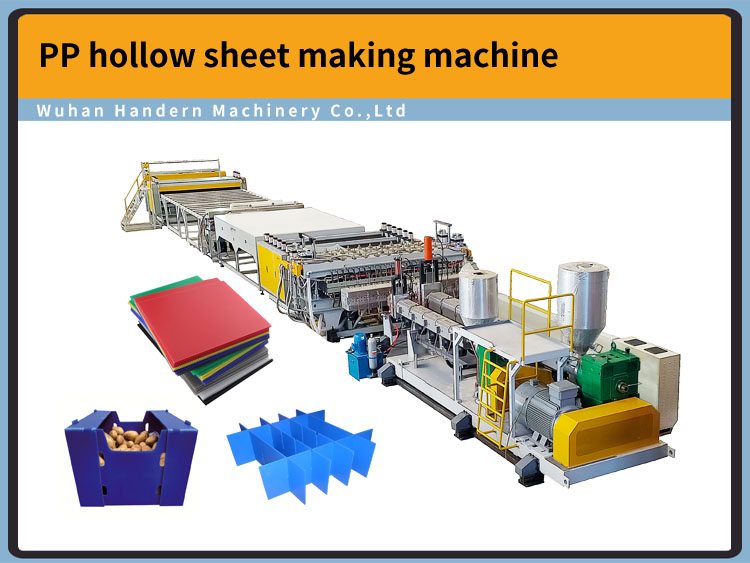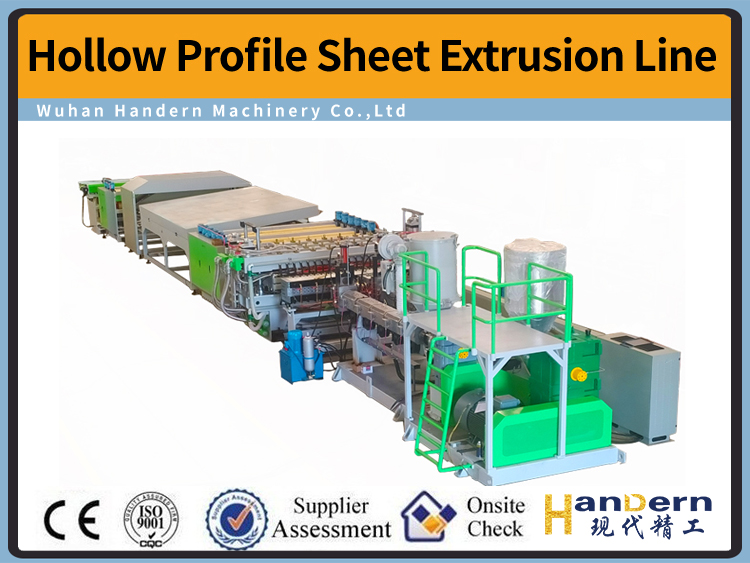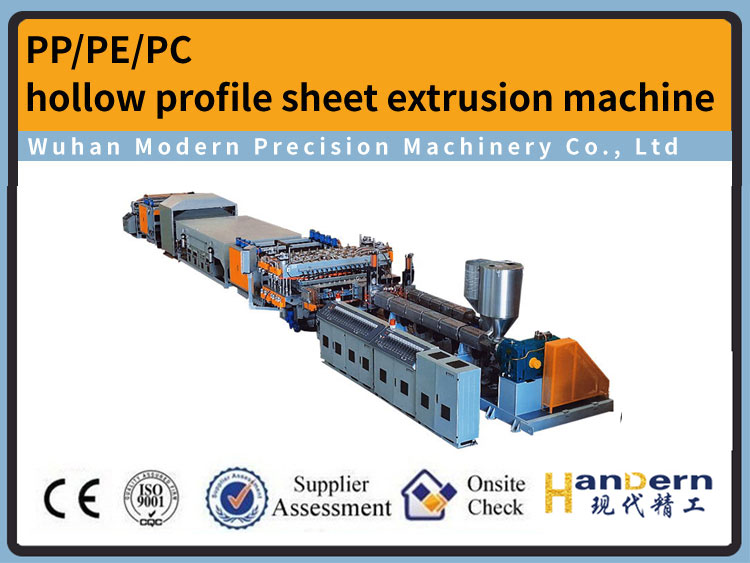PVC floor tile extrusion process control
DATE:2021/9/13 8:25:31 / READ: / SOURCE:This station
PVC floor tile extrusion process control
The viscous flow temperature of PVC is quite close to the decomposition temperature, and it is more sensitive to changes in temperature and shear rate. The heat generated by the shear of the material in the barrel by the screw will cause the temperature of the screw to exceed the temperature of the barrel. In order to obtain a uniformly plasticized melt and high-quality substrate, the screw must be cooled so that the temperature of the screw is lower than the temperature of the barrel. If the barrel temperature is too high, although it can reduce the melt viscosity and increase the fluidity, the internal stress of the substrate will increase, resulting in warping and deformation, bubbles and other defects; if the barrel temperature is too low, the melt will increase Abnormal phenomena such as high viscosity, unfavorable flow, difficulty in discharging, and obvious welding marks. The temperature of the machine head is the main factor that affects the performance and appearance quality of the substrate. If the temperature of the die is too low, it will increase the resistance to material flow, and the substrate will have defects such as lack of material and rough appearance; if the temperature of the die is too high, the material will decompose due to overheating, which will block the die and affect the extrusion of the substrate. Temperature control: the barrel is 120℃, 130℃, 150℃, 165℃, 175℃, and the head is 180℃ and 175℃.
The calender roller should be as close as possible to the machine head, and the maximum distance should not exceed 15cm. If the distance is too far, the substrate extruded from the die is easy to sag and wrinkle, and it is not easy to stretch and shape after calendering. The linear speed of the calender roll should exceed 5% to 10% of the extruder head output speed to ensure normal production.
Author:admin




